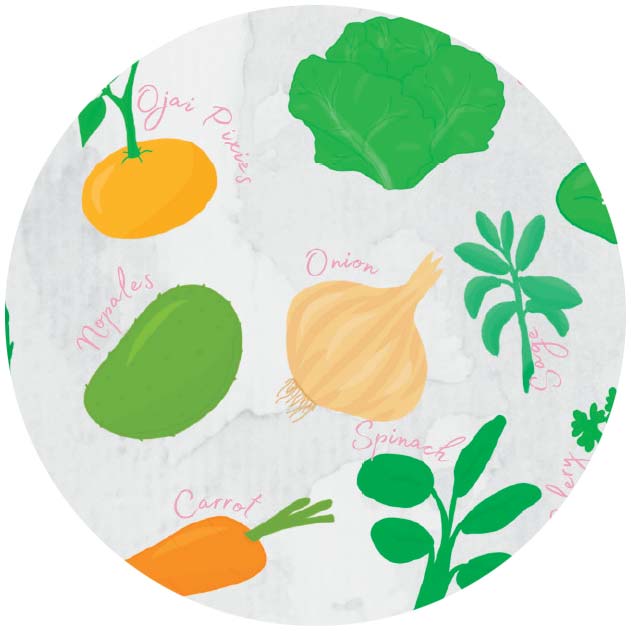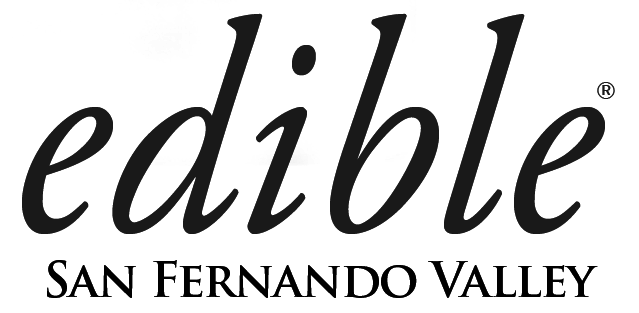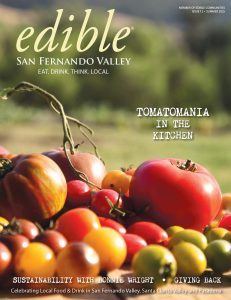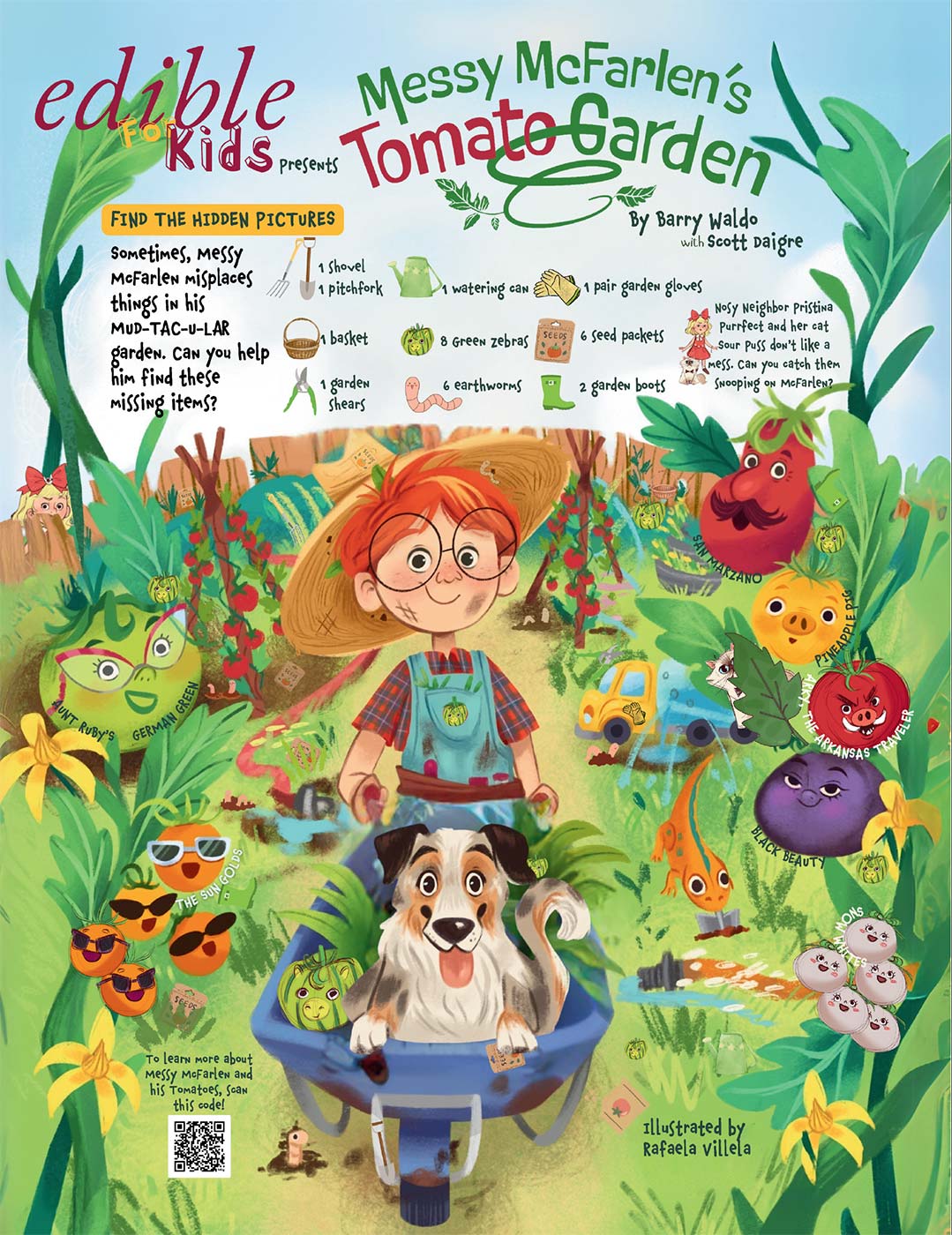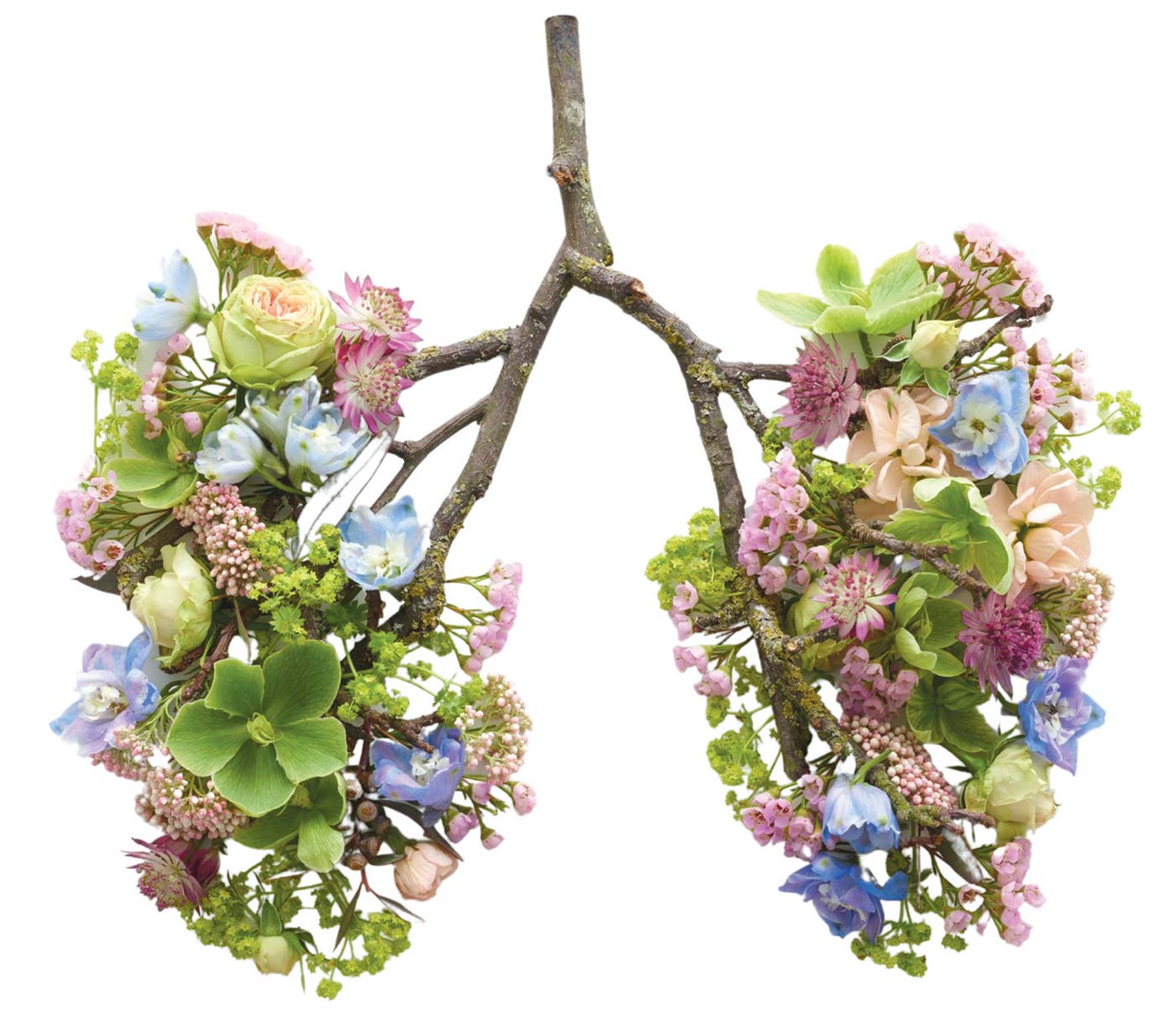
Smoke follows fires. The first thing I ask folks who live in and south of LA County is how much smoke they got from the fires. Many aren’t thinking about their exposure to airborne toxins when they respond.
The long-term effects of urban fires are different from those of wilderness fires. The main culprits? The houses and buildings, especially those built before we knew the damage that lead can cause. Here are the stats: The Eaton fire burned 10,491 structures and untold number of vehicles in and around Altadena. Those buildings and vehicles contained pollutants including asbestos, lead, PCBs (polychlorinated biphenyls)—which cause cancer and respiratory toxicity, VOCs (volatile organic compounds)—like formaldehyde, benzene, etc.—which also cause the smoky smell and more.
While consistent air-quality testing has shown that the levels of these toxins are back down to indiscernible or barely discernible levels in the area, many particles are still present in the ash that fell—which explains the need for professional cleanup and caution in ash exposure—and in the lungs of people who were exposed to the smoke and air during and several days after the fires. According to the American Lung Association, there is no safe level of exposure to these chemicals, which increase risk of mortality from cardiovascular disease, respiratory illness and lung cancer.
And now, the winds that fueled the fires are fueling redistribution of these ash-trapped toxins on a regular basis.
So what can we do, besides masking up each time the wind blows? Well, we can eat.
With the uptick in wildfires around the world, there has also been an uptick of studies looking for diets that can support respiratory health. Not entirely surprisingly, both a Mediterranean diet and specifically foods high in fiber have been found to be both supportive and protective of lung function. High-fiber foods also directly feed the microbes in the gut, lending more credence to the idea that the gut really is the heart of functional health. Additionally, research has shown that foods high in antioxidants and polyphenols benefit blood flow to the lungs.
TOP 10 FOODS (AND HERBS) TO SUPPORT BREATHING WELL
Beetroots and greens: Beets are rich in fiber and a powerhouse of nutrients including folate, potassium, magnesium and vitamin C, carotenoid antioxidants and natural nitrates (that have been shown to improve respiratory health).
Asparagus: A prebiotic fibrous food, asparagus is an excellent source of multiple vitamins and minerals, as well as phytosterols and carotenoids. Apples with peels: The peels in apples add more fiber, especially if eaten fresh. In addition to vitamin C, apples are a great source of antioxidants.
Red cabbage: You’ll notice the theme of red and yellow coloring in vegetables high in carotenoid antioxidants. Cabbage is also high in fiber, vitamin C and omega-3 fatty acids.
Dark leafies: Spinach, kale, Swiss chard, collards and the like are all high in fiber, folate, magnesium and antioxidants.
Berries: The more colorful, the higher the antioxidant content. Pick berries that are in season at peak ripeness for most access to the nutrients.
Broccoli: Best eaten raw or just barely cooked until bright green, broccoli has high levels of vitamins C, A, minerals and fiber.
Tomatoes: In season, ripe and juicy, tomatoes are anti-inflammatory and prohealth. Tomatoes are also a key ingredient in many Mediterranean recipes.
Marshmallow leaf and roots: Marshmallow is easy to grow and all parts of the plant can be eaten. Known for benefits to respiration, roots can be used for tea and broth, leaves and flowers for salads and stews.
Mullein leaf: Also easy to grow, mullein is antimicrobial and antibacterial and used often for respiratory benefits. Best in teas or tinctures, it can also be digestively soothing.
Other herbs that can be helpful for respiratory health include: anise, bee balm, black elderberry and flower, nettle leaves, oregano, peppermint, reishi mushrooms, rosemary, sage, thyme and white pine needles.
For a chart on best sources of dietary fiber check out TamiChu.com.
ABOUT THE CONTRIBUTOR
Before becoming a publisher/editor, Tami Chu used her first masters degree in special education to teach middle school and her second masters degree in holistic nutrition to teach nutrition classes in her community. She finds that her current job utilizes every skill she has ever acquired.
